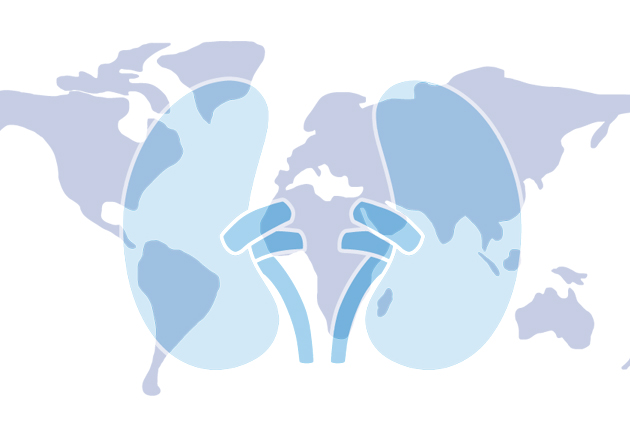Understanding the CKD and obesity link in China
Some 15,000 community residents aged between 18 and 75 years old were involved in an epidemiological study across Southern China. Based on a grant from the ISN Clinical Research Program, the project got further political and financial support from China (3 million RMB Yuan) and led to a grant from the European Union Seventh Framework Program.
Prof Hequn Zou who led the project says: “Due to the great social and economic contribution of the project to public health, a Provincial Key Laboratory of Metabolic Diseases was founded in Southern Medical University Affiliated 181 Hospital.”
Aside from showing educational and scientific success, this was the first the association of body adiposity index (BAI) and chronic kidney disease (CKD) was explored. It is also the first report on normal-weight individuals with metabolic disturbances associated with obesity in the Asian population. According to the findings, Waist-to-height ration is not suitable predictor of CKD. BAI is an alternative predictor of CKD for women but not for men.
Waist circumference (WC) is significantly associated with insulin resistance and metabolic syndrome independent of BMI. BMI is independently associated with incident metabolic syndrome in women. The current findings support using both BMI and WC in clinical practice.
Find out more about the ISN Clinical Research Program, CLICK HERE.










